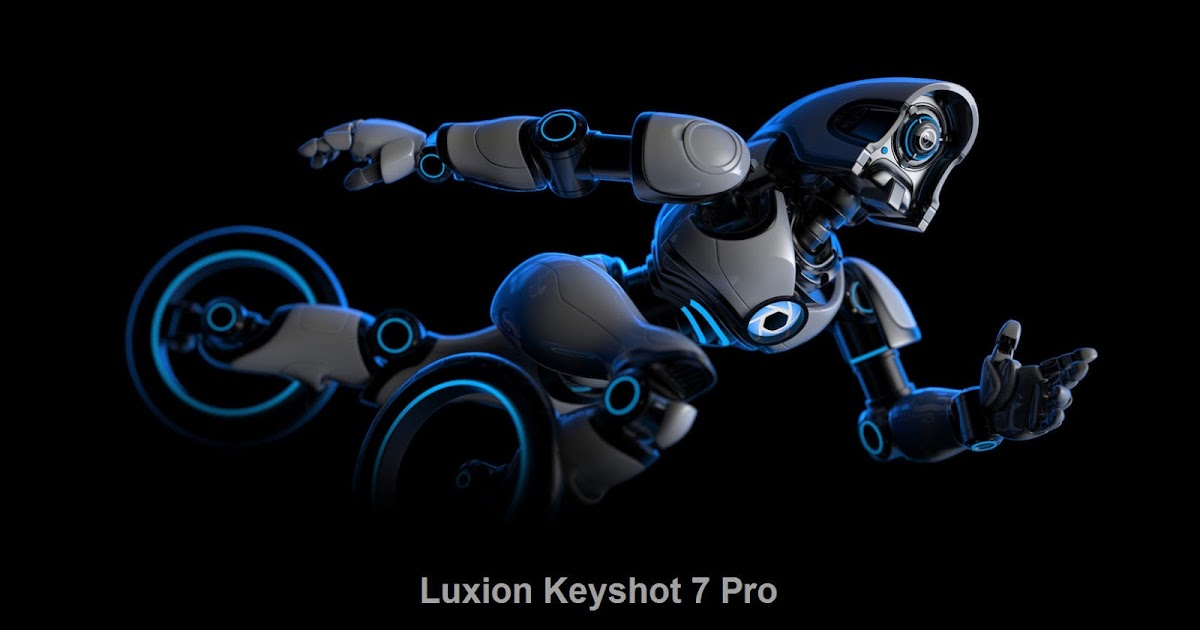
Hit “C” on the keyboard again to exit color preview mode.

From there you can adjust the location and scale to your liking. Once your frames are imported, make sure your video map is selected and hit “C” on the keyboard to preview the color of the video map in the Real-time View.

KeyShot will automatically convert a video file into your choice of a PNG or JPG sequence and place the images into your specified location. If you created a PNG or JPG sequence, you can import those images as well. Navigate to the video file location and select Open. You will need to import your video by clicking the folder next to the Frames list window. Import Your Videoĭouble-click the Video Map node to open the Video Map Properties. Note: The Material Graph is available with KeyShot Pro. When this is added, you'll see it appear in the Animation Timeline ( Window, Animation or select the A-key to display the Animation Timeline). Right click again, select Texture and add a Video Map node. Right click to select and add a Displace node from the Geometry menu. Use the Material Graph to Add the Nodesĭouble-click your object to display the Material tab, then select Material Graph. When you paste the animation you can choose between adding it as an independent animation or as a Linked animation.3. See the Animation Timeline page for more information about the options in the timeline.Īlternatively you can copy an existing animation from one camera to another via the context menu in the scene tree. The camera animations will be represented blue node on the timeline and switch events with a blue dot.Īdjust the properties for your animation and you good to go.

as well as switch from one camera to another. With camera animations you can animate camera movement, rotation, focal length etc.



 0 kommentar(er)
0 kommentar(er)
